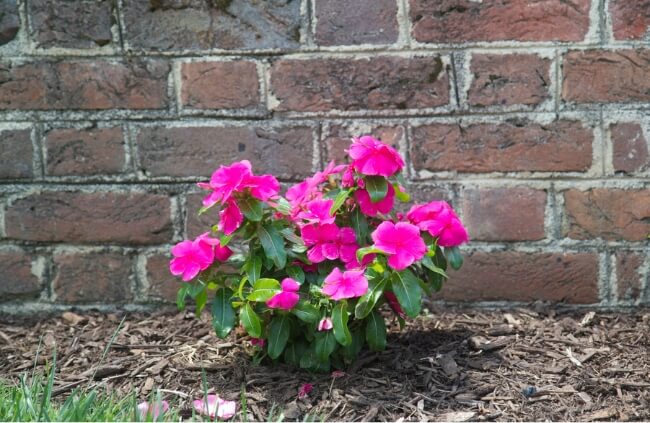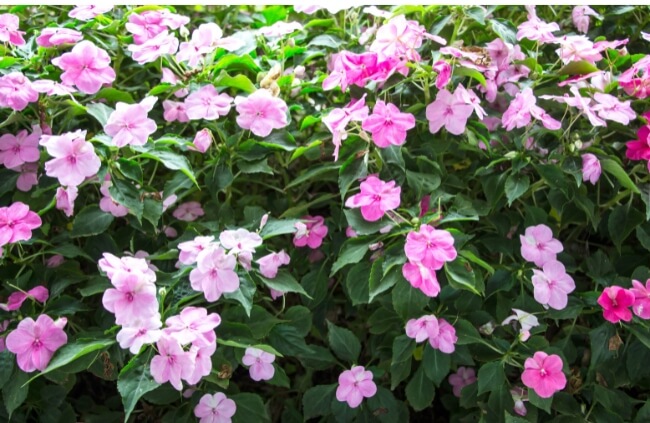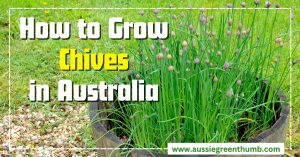Impatiens are a group of more than 800 annuals and perennials that originated in the tropical regions of Asia and Africa. Commonly called Balsam, as they are from the Balsaminaceae family, these plants are the most widespread and popular shade lovers mainly because they are so easy to grow.
More...
Impatiens Plant Features
Impatiens grow well in sheltered positions in part to full shade and they flower prolifically from spring through to early autumn. In fact, it’s due in part to vigorous growth and willingness to flower that their name is derived from the word ‘Impatience.’

They are frost-tender so if you live in an area that is prone to frosts you may want to grow these plants indoors or in a greenhouse. New Guinea impatiens are less demanding when it comes to shade and can be grown in a sunny spot provided it’s still sheltered.
They are usually taller than other cultivars and come in a range of flower colours and their foliage is usually copper-dark green or variegated.
We have a few different types in our garden at the moment but none of them are flowering as we’re in the middle of our winter season. Impatiens are a wonderful filler plant as they will take up any space that is afforded them and will flower profusely.
The advantage of having a shade loving plant that flowers also gives another dimension to sheltered garden beds.
Propagating Impatiens
The best time to prune Impatiens is in late winter and only by removing the tips. Don’t discard these as they can be used as softwood cuttings to produce new plants. These tips just need to be placed in a light, moist soil and will take very easily.

Cuttings can also be taken in early spring or autumn.Another way to propagate Impatiens is via seed. These can either be collected from your own plants, from spent flowers in early to mid-winter or can be accessed through nurseries or gardening catalogues. Impatiens seeds are very small so you will need to be careful and precise in trying to collect and then plant them.
Care for Impatiens
These plants require very little in the way of care. They do need regular watering to sustain themselves and an application of a liquid fertiliser both at the start of spring and again at the end of autumn will suffice. They are largely tolerant of many soil types but prefer a pH level in the range of 6.0 – 7.5.
Published on June 7, 2023 by Nathan Schwartz
Last Updated on January 31, 2024




